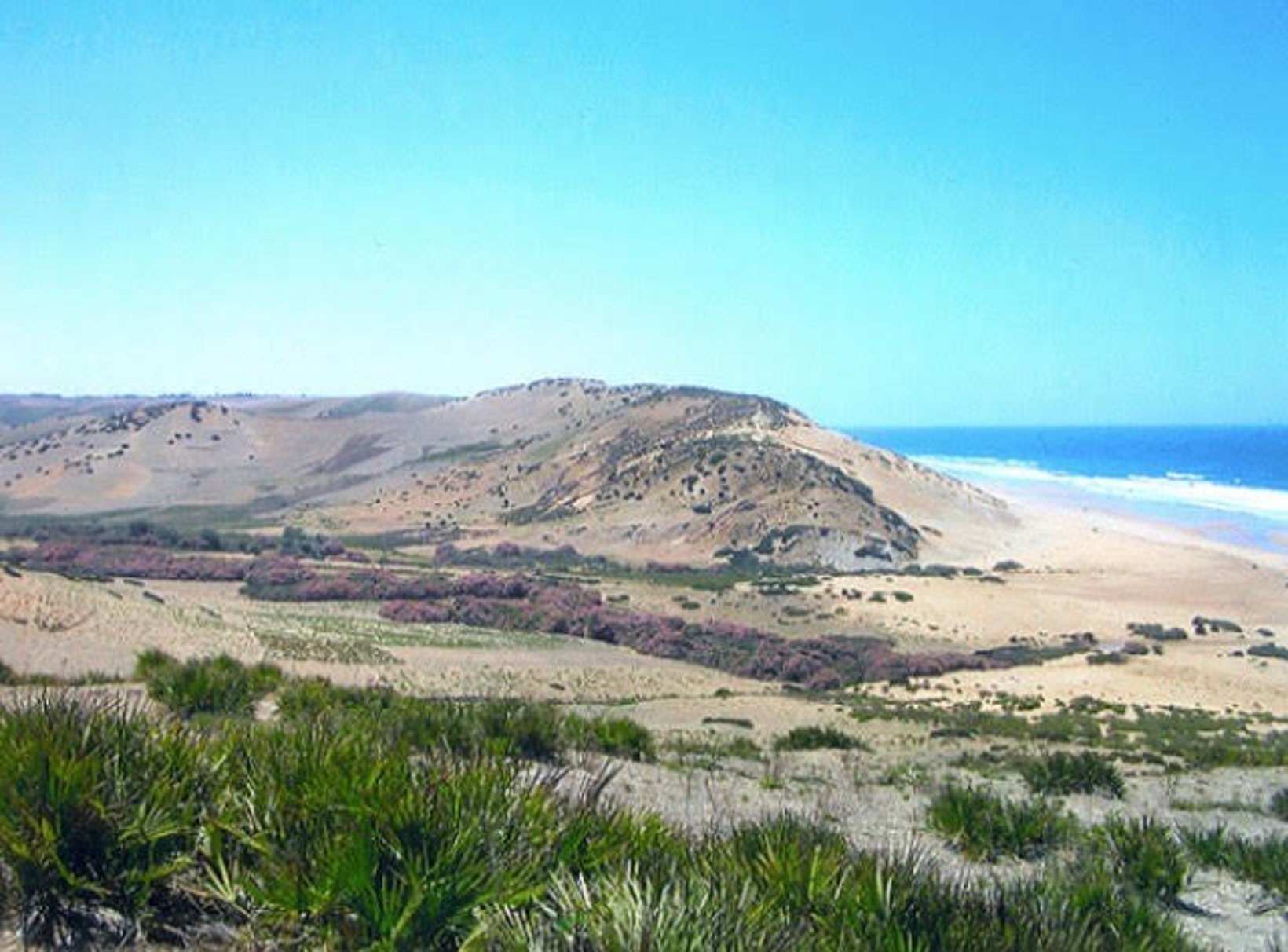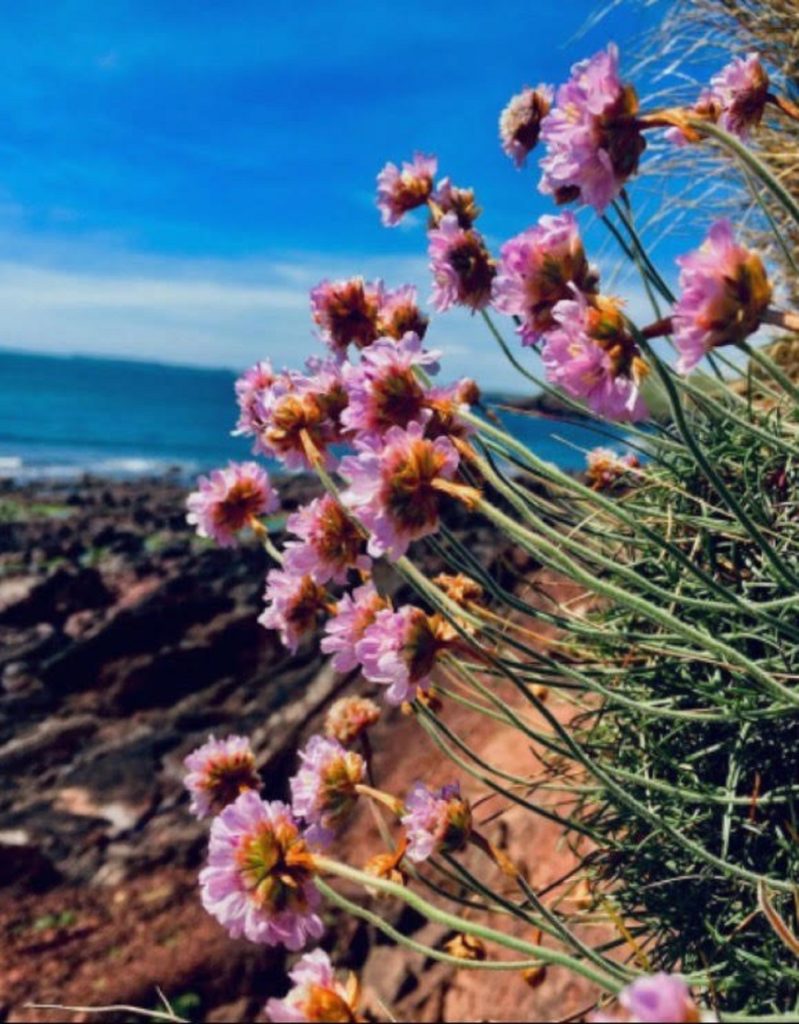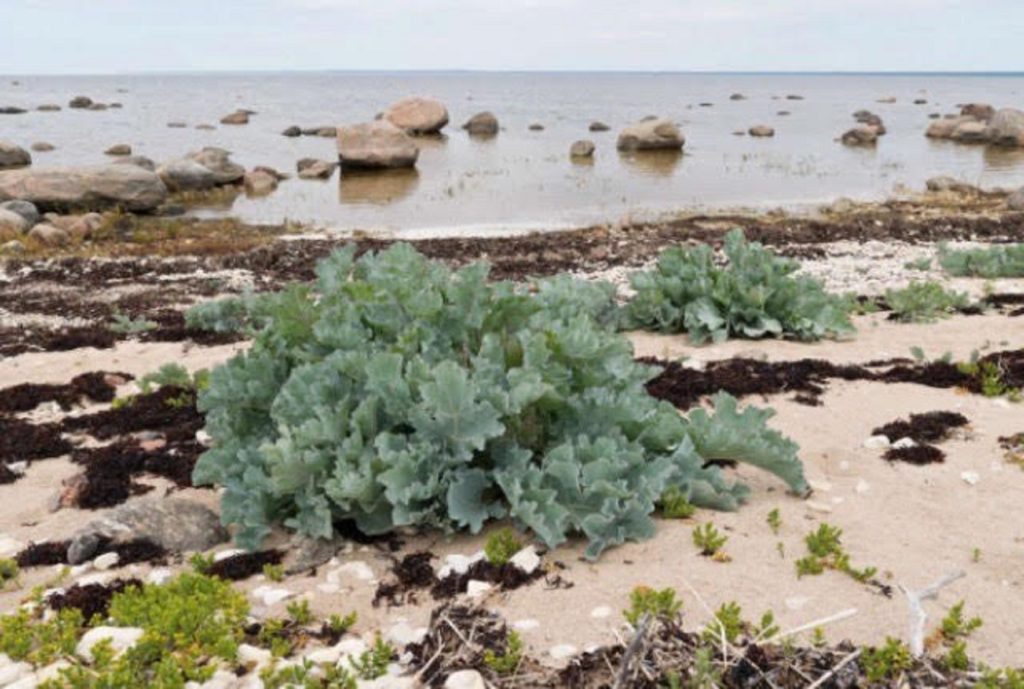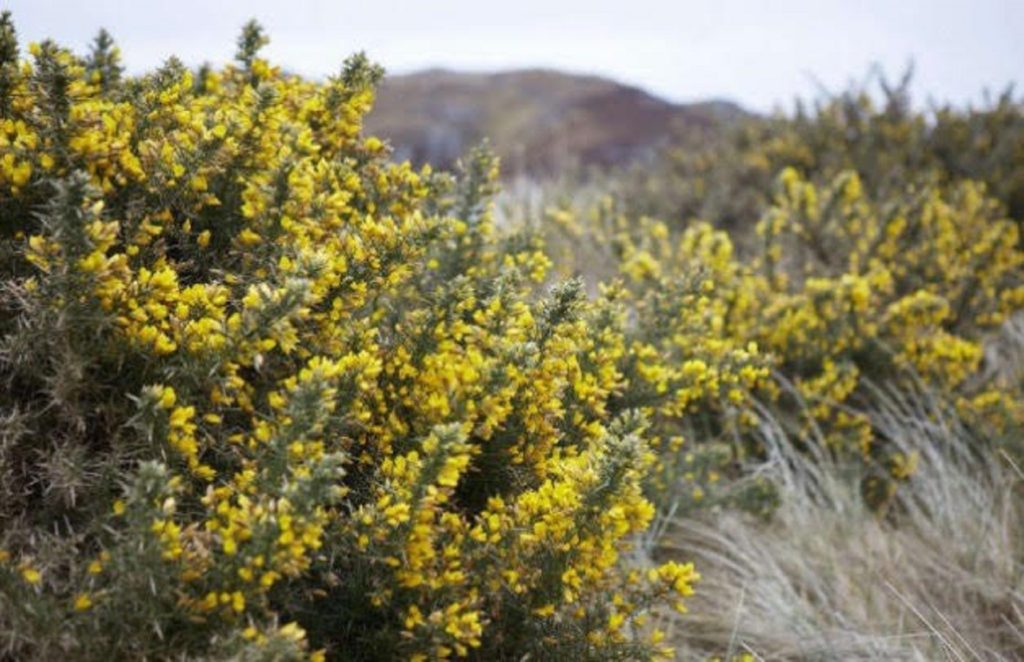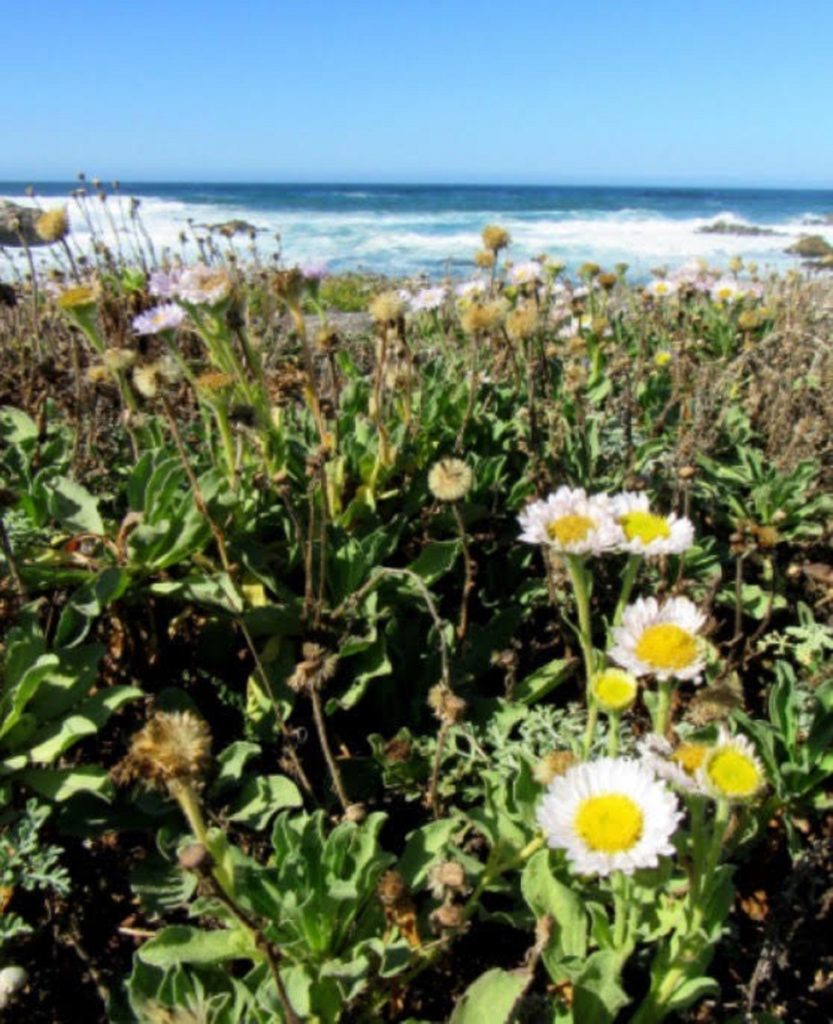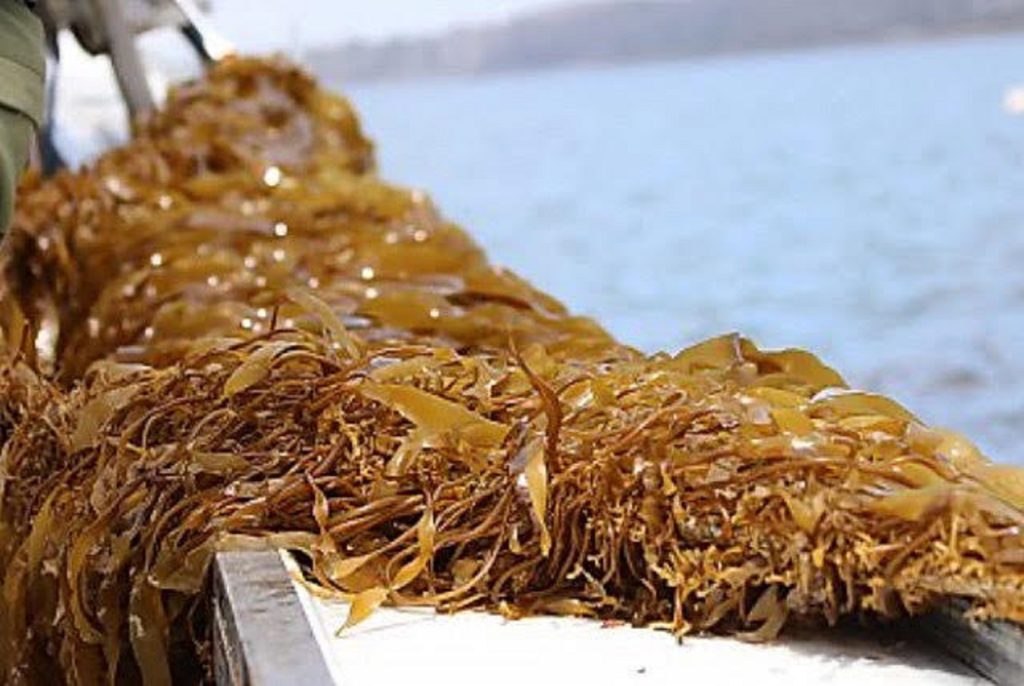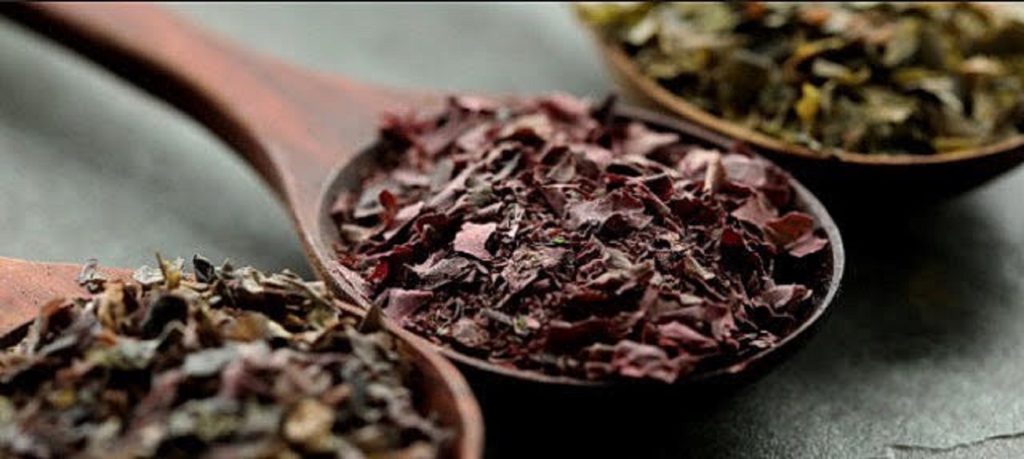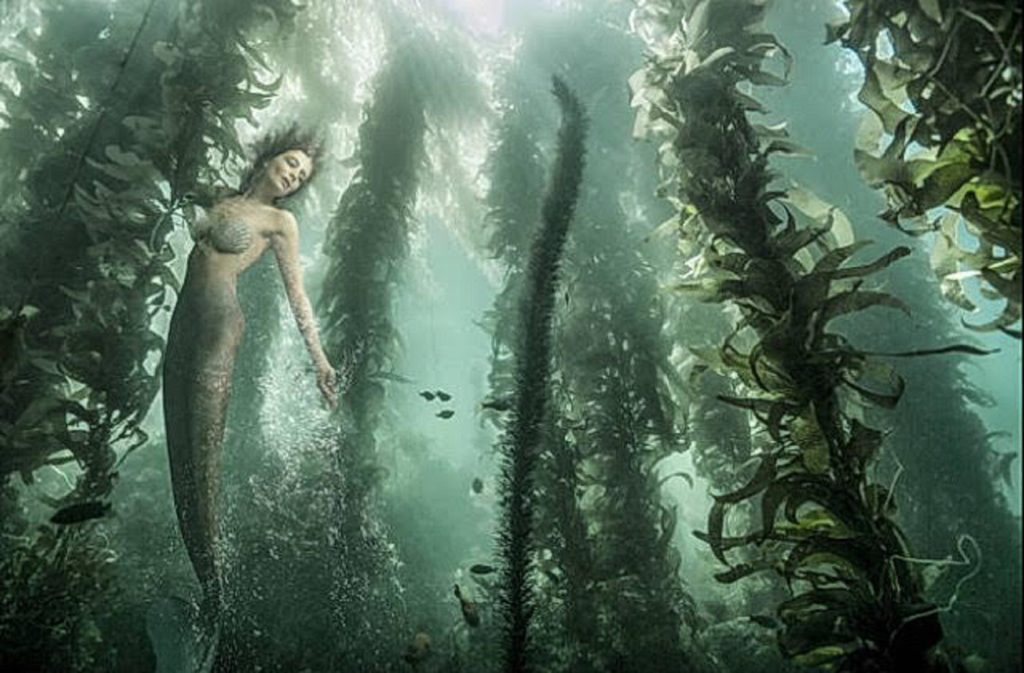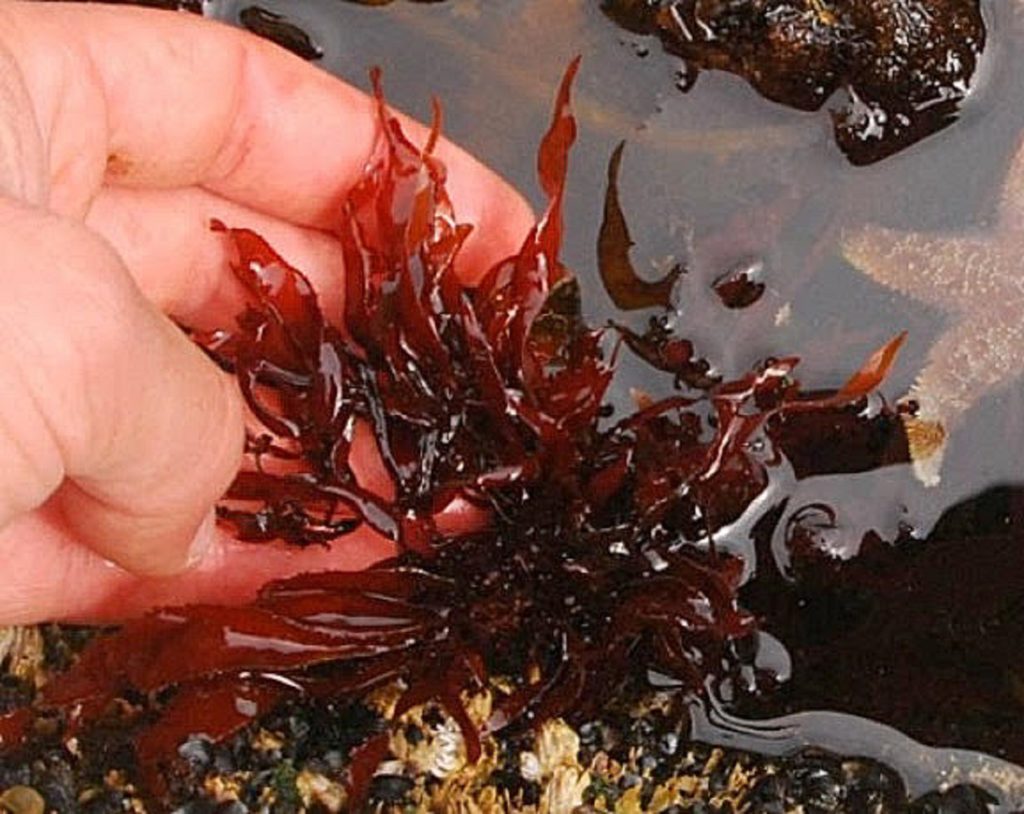
Pinecones – the Ins and Outs by W1tchsbrew
Be sure to check her Etsy shop Wood ov Wyrd
Pine trees, which belong to the ancient group of plants called gymnosperms, are one of the oldest plant species on earth, dating back to more than one and a half million years.
They produce cone-shaped organs known as pinecones.
The main function of a pinecone is to keep a pine tree’s seeds safe.
Pinecones close their scales to protect the seeds from cold temperatures, wind and animals – such as squirrels, birds or deer.

Pinecones open up and release their seeds when it is warm and easier for the seed to germinate.
However, despite popular opinion, pine trees cannot grow from the cones themselves.
The cone is the husk, protecting the seeds inside.
Pinecones can sometimes stay on pine trees for more than 10 years before falling to the ground.

Pinecones, as you know them, are the FEMALE of the species.
The male cones, even at maturity, are smaller, softer, and much less distinctive than the iconic female cones. You might not have ever noticed them. The male cones release pollen, which drifts into the air and eventually finds female cones.
All members of the pine family (pine, spruce, firs, cedars, larches, hemlocks, yews, etc) have cones, but “pinecones” only come from pine trees.
The largest recorded pinecones in the world are from the Coulter Pines of California/Baja California. Known as “widow makers,” these giant cones with dagger-like scales can weight up to 11lbs.

The Fibonacci numbers are Nature’s numbering system. They appear everywhere in Nature, from the pattern of the florets of a flower…to the bracts of a pinecone.
In this case, we see a double set of spirals – one going in a clockwise direction and one in the opposite direction.
When these spirals are counted, the two sets are found to be adjacent Fibonacci numbers. This is otherwise known as the “golden ratio”.

Are pinecones edible?
When prepared properly, some green pine cones are technically edible, although, for some, they may be difficult to digest.
Pine nuts, also known as pine seeds, are the edible seeds contained within pinecones. Pine nuts contain protein, carbs, fat, vitamin K, vitamin B1 (thiamine), and magnesium.
Pine nuts have been a staple for Native peoples for thousands of years. Historically, Native peoples ate the raw nuts, ground them into a pine nut flour, made pine nut butter, or used them in soup.

Pinecone Jam (similar to honey) has long been a staple in Ukraine, Georgia and Russia.
Made from the natural syrup of boiled soft, green, young cones, the aromatic jam is used as a folk remedy for weakened immune systems.
Pinecone jam has been used for centuries to treat bronchitis, cough, asthma, respiratory diseases, TB, arthritis, and cancers.
Additionally, cooks worldwide use the immature, green pinecones to use as edible garnish, season meat, or to slip into tea.

Italians have been using pinecone nuts (“pignoli“) since the Middle Ages as a prime ingredient in pesto, and desserts such as torta della nonna, and pignoli cookies.
Mason examines how the somber, brooding atmosphere of pine woods, the complex forms of pine cones, and the coniform shape of the trees themselves have aroused the creativity of artists, writers, filmmakers, and photographers. She also considers the many ways we use the tree—its resin once provided adhesives, waterproofing, and medicines, and its wood continues to be incorporated into buildings, furniture, and the pulp used to make paper, while its cones provide pine nuts and other food for animals and humans. Filled with one hundred illustrations, Pine provides a fascinating survey of these rugged, aromatic trees that are found the world over.
Pinecones in history, cultures and religion
The pineal gland takes its name from the pinecone. Not only is its shape similar, but just as the pinecone closes its scales when it’s cold or dark and opens itself up again when the warm weather returns, similarly, the pineal gland regulates melatonin levels to keep people awake during the day and asleep at night.

In 1600s Old English, the word “apple” was applied to coin terms for many fruits and flora such as “earth apple” (a potato), “love apple” (a tomato), and “oak apple” (the round nut produced by oak leaves). “Pine apple,” was named as such for the tropical fruit’s resemblance to pinecones. “Pineapple” is the only one of these Old English terms that stuck.
Throughout the span of recorded human history, pinecones have served as a significant symbolic representation and has always been a synonym of good wishes, embodying the meanings of life force, immortality and divinity.
As a symbol of royalty, the Pine was associated with the Greek goddess Pitthea.

To Sicilians, pinecones are a symbol of fertility, prosperity and abundance.
In Greek mythology, Dionysus (also known as ‘Bacchus’ in Roman mythology), the god of wine and fruitfulness, carried a Thrysus – a fennel staff woven with ivy and leaves and topped with a pinecone. This staff was a symbol of fertility and was used for ritualistic purposes.
Celtic women believed that placing a pinecone under their pillow would promote their chances to conceive.

For the Aztecs and the Assyrians, pinecones were a symbol of spirituality, immortality and enlightenment.
The Mexican god “Chicomecoatl” is sometimes depicted with an offering of pinecones in one hand, and an evergreen tree in the other.
In Hinduism, several gods and goddesses are depicted with pinecones in their hands.
Shiva, the deity of destruction, even has a hairdo that resembles a pinecone.

The Egyptian Staff of Osiris (1224 BCE) depicts two spiraling snakes rising up to meet at a pinecone.
The Catholic church uses the pinecone in its iconography as well. There is a pinecone carved into the staff that the Pope carries during religious ceremonies. Additionally, at the Vatican in Rome, you will see a gargantuan bronze pinecone statue.

In Buddhism, the pinecone’s role as a seed and its potential to grow into a towering tree are seen as symbols of the potential for enlightenment within all beings. It represents the inherent Buddha nature within each individual and the journey towards spiritual awakening.

In modern spiritual practices, such as Wicca and contemporary Paganism, the pinecone is often used as a symbol of nature’s wisdom, spiritual growth, protection, and the cycles of life and death. As a natural object, it is highly valued for its symbolism.
Pinecones and magic
Pinecones can be used for cleansing, purification, attraction, and repelling negative energy.

Hang a pinecone over your bed to ward off nightmares, or illness during winter months.
Keep a pinecone on your altar or spiritual space to assist with keeping evil influences and negative energies at bay.
Place a pinecone in your car to provide protection from physical harm.

Burn pinecones in your hearth to protect and warm your home, or hang a pinecone over your door to bring positive, cleansing energy.
(Please note: pinecones are extremely flammable. You only need one or two for a large fireplace – too many, and you’ll have a fire hazard.)
Placing a pinecone at your work desk is an excellent way to increase success and prosperity.
Carry a pinecone to increase fertility, or to maintain health and strength.

Meditate with a pinecone to help alleviate dark moods, or to connect your third eye and manifest your higher consciousness.
You may use pinecones in ritual spells to cleanse, attract prosperity, to protect against negative energy, or to help “stay the course” during difficult times.
In short
Pinecones have been an integral part of human societies and cultures since ancient times.
As a practical and beautiful object, the pinecone continues to inspire and captivate human imagination.

While it might appear like a simple object, it is replete with symbolism and meaning, making it highly valued in many different cultures and architecture.
Embodying rebirth, the essence of the majestic pine tree is captured in its beautifully simplistic and symmetric cone. Pinecones have thus come to represent, not only enlightenment, but our connection with the divine.
Further Resources
When do pine cones fall? And what to do with them
11 Amazing Uses for Pine Cones You Probably Didn’t Know
Can You Eat Pine Cones? {5 Best Uses for Edible Pine Cones}

